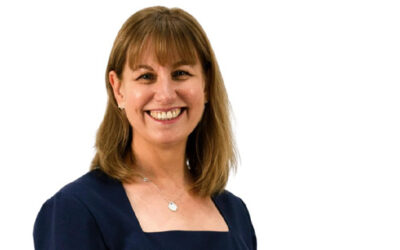Dr Fae Heaselgrave, Lecturer and researcher in communication and media, University of South Australia.
Redefining the media classification system: Parents, we need your say, in order to sway
Welcome to the first edition of small screen for 2024. The long summer school holidays can be particularly draining on parents of young children who invest time and energy in entertaining and educating their kids. Aside from beach trips, family visits and picnics in the playground, parents also engage children in media-related activities, such as playing video gaming together or watching movies at the cinema.
Co-playing or co-using media with children is a positive parental mediation strategy that can help build social cohesion in families, opening-up dialogue about a range of issues including how characters are represented, the themes and plotlines of games, or the feelings that are evoked in children from the media experience.
By sharing media experiences with children, parents can feel reassured about the appropriateness of content and lessons they receive. The reality of everyday, routine life for many parents however, which may consist of one or both parents in full-time paid work, is that there isn’t always the time or opportunity to be so engaged in children’s media use.
An alternative mediation strategy is to refer to expert advice and government guidelines to determine the suitability of video games and movies for children. The classification symbols displayed on advertisements, film trailers, or on point-of-purchase download sites for example, can help parents restrict or manage the media content that children are exposed to.
In Australia, we recognise these symbols as G, PG, M, MA15+ and R18+, but without age indicators, do parents really understand what these markers mean, and which one/s apply to their children? And do they provide sufficient information that can be quickly retrieved and understood?
Children and Media Australia (CMA) has been lobbying Government for a long time around the need for clearer policy to support parents’ mediation of children’s media use and the classification process. Without research-informed evidence about whether the current classification system actually works for modern families, their efforts will be hampered.
As a communication and media researcher with a special interest in how digital media impacts aspects of family life, I have committed to working with CMA to help provide parents with clearer and more accurate information around media classification.
We are currently running an anonymous online survey with parents to assess what they already know about the current classification system and to ask what kind of system they need to be informed and well equipped to make media-related decisions for children.
If you are a parent or guardian and have an opinion about media classification or have every wondered what age the PG category applies to, or perhaps how the categories are even determined, we want to hear from you. With your input, we can provide CMA the evidence case it needs to influence future policy about classification and to facilitate a system that is of value and relevance to families in Australia. We need your say to help us sway political and public opinion about this important issue.
The survey closes 29 February 2024 and can be accessed from: https://unisasurveys.qualtrics.com/jfe/form/SV_cV1sFcIAgFXa1gy
Contact fae.heaselgrave@unisa.edu.au for more information about the research.





0 Comments